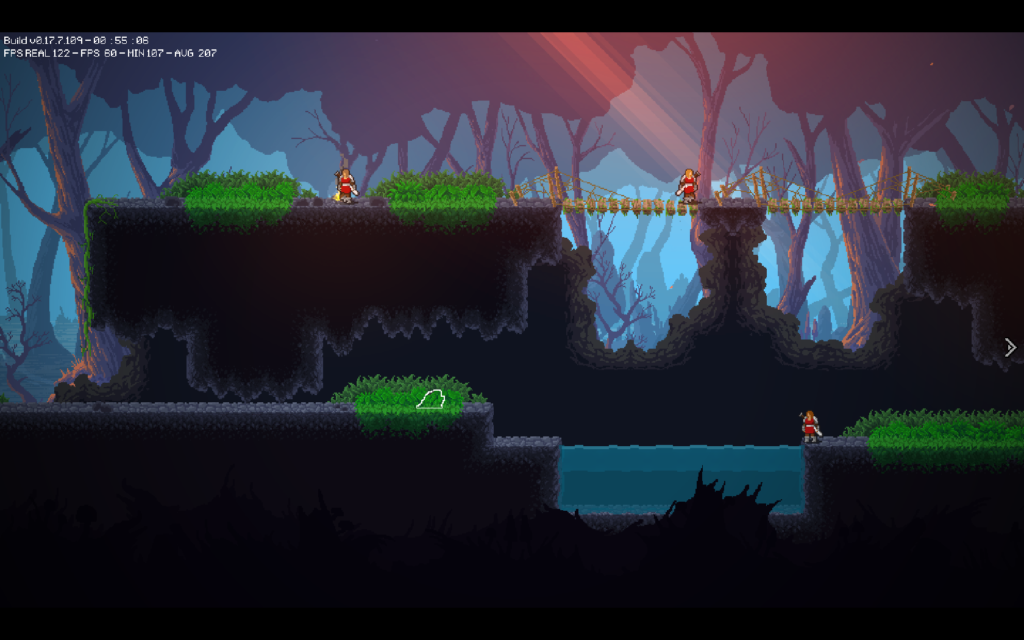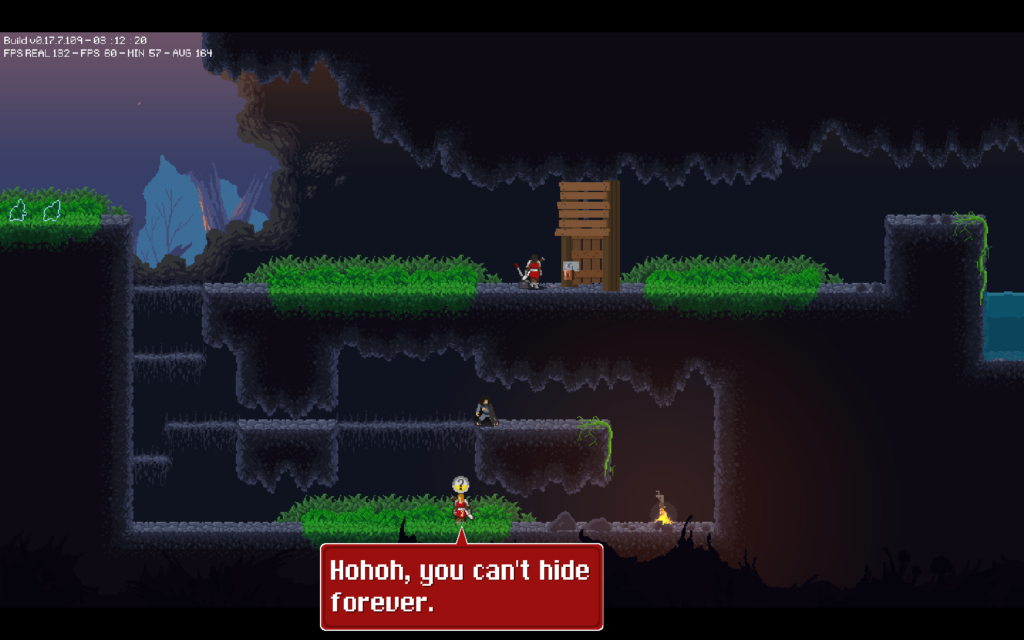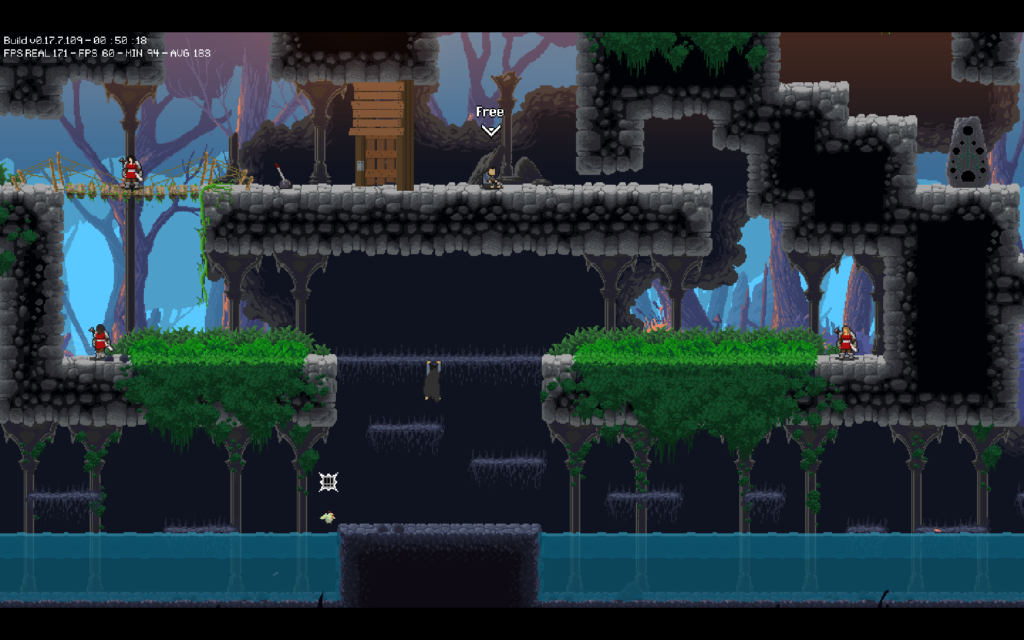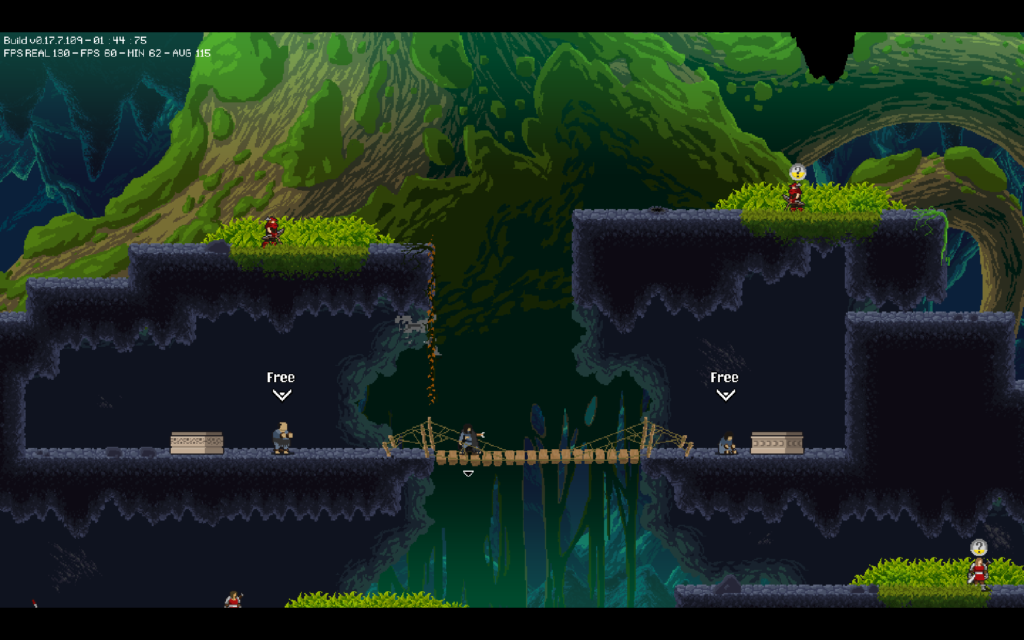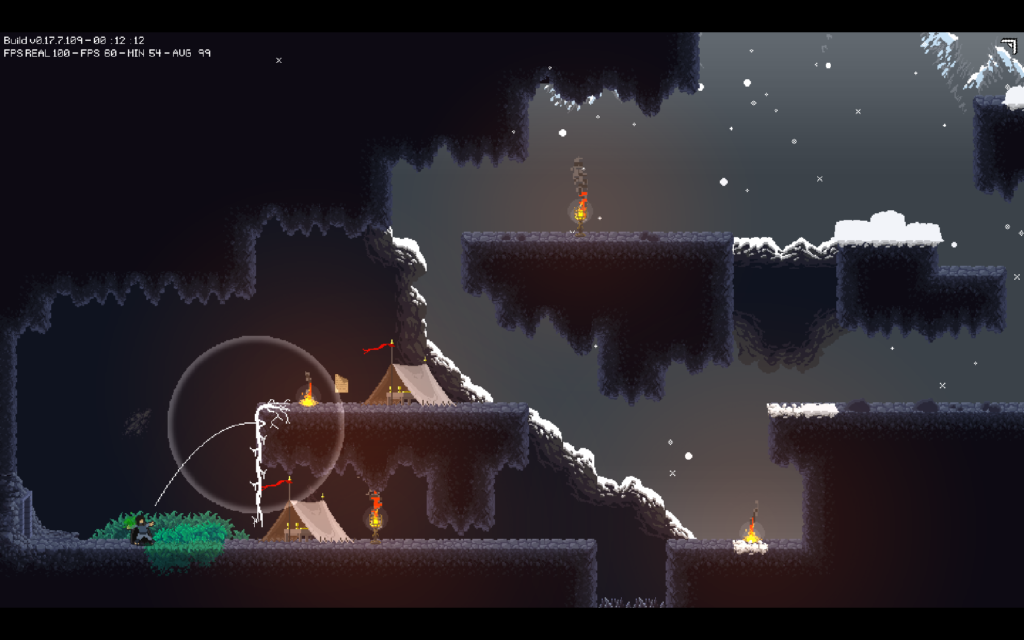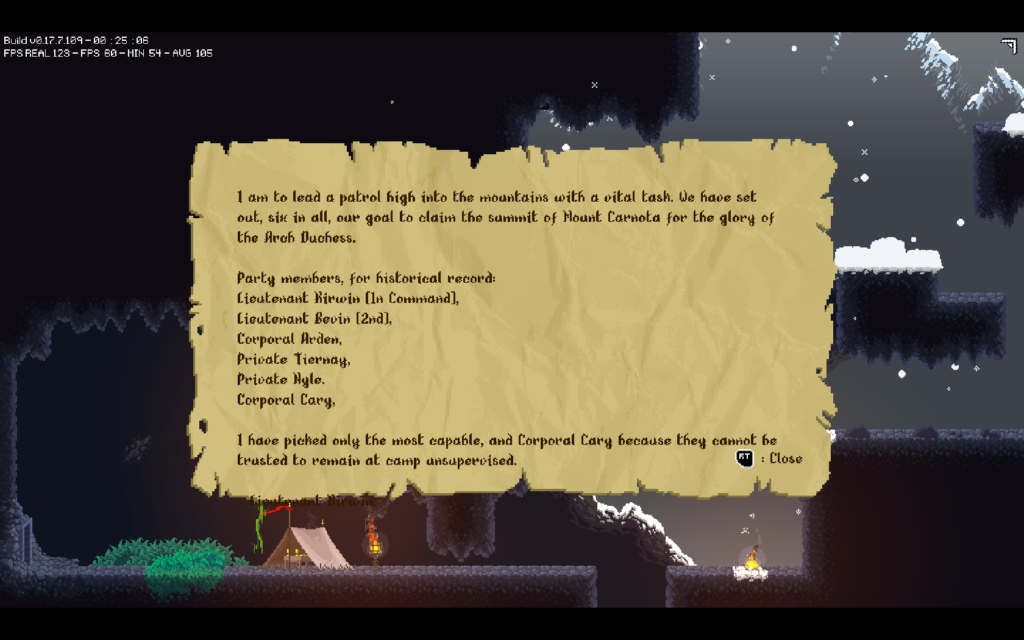Design:
Horizon: Call of the Mountain:
Horizon: Call of the Mountain was developed in Unreal 4 by Firesprite and released on February 22nd 2023 as a launch title for PlayStation VR2.
Worked as part of a three person Combat Design team:
- Design responsibility for all “Small Machines” (Watchers, Scrappers, and Glinthawks) throughout the game: balancing, attack patterns and timings, custom encounter logic, spawn locations, navigation, group behaviours, optimisation.
- Worked with Level Design, Environment Art, and AI to design and balance all Small Machines encounter and encounter spaces, totaling 9 combat encounters and 2 stealth sequences (over half the encounters in the game).
- Had primary design responsible for flying combat and navigation behaviour for the Glinthawks, the only non-boss flying enemies in the game.
- Worked with AI to design and tweak group combat behaviours for the Small Machines, including working with Behaviour Trees and custom group behaviour logic.
- Worked with Combat Design team to adjust overall weapon damage balance and ammunition\resource placement.
[Playthrough clips of first Scrapper fight and first Glinthawk fight, two combat encounters I was responsible for.]
Wildfire:
https://store.steampowered.com/app/431940/Wildfire/
Master the elements in this stealth game where everything burns. Start fires, freeze water, and move earth itself to outsmart superstitious enemies who fear your power. Rescue captive villagers and reclaim your home by turning the environment against the army sent to hunt you down.
Developed by Sneaky Bastards and released on Steam on May 26th 2020, Wildfire is a 2D systemic stealth game with a focus on emergent mechanics, escalating consequences, and glorious failures. Players unlock a variety of elemental powers granting them control over the environment and their enemies; from hiding in patches of grass, to terrifying guards with fire, or freezing them into blocks of ice.
I was responsible for level design under the direction of the project lead\creative director Daniel Hindes. Levels are creating using GameMaker: Studio’s built-in tools and combined static environmental layouts with dynamic elements to create emergent systemic playgrounds that provided each location with a specific identity while maintaining an overall sense of progression, geographically, narratively, and systemically.
- Responsible for the design and development of over 30 unique levels (constituting all non-tutorial levels), from initial conception, through iterative development based on play testing, to final release.
- Produced in-game text (scrolls, guard banter) to provide player guidance and narrative development.
- Worked with project lead to respond to play testing concerns, altering levels and providing advice and support with systems design changes.
- Quality Assurance testing, bug reporting and resolution; both pre- and post-launch.
Narrative Horror Adventure [Unreleased]
For several months I was 3Cs (Camera, Controls, Character) Designer for a third-person Narrative Horror Adventure currently in development for Unreal 5 at Firesprite.
- Worked with Programmers to design a camera system that would allow Level Design to rapidly define camera behaviour reqirements using custom level volumes.
- Ensured correctly variables were exposed and worked with Level Design to develop “best practices”.
- Developed principles for a “Dynamic Cinematic Camera” that could modify its own behaviour and properties at runtime to respond to player state and behaviour changes, for example: adjusting height based on player speed, or FOV based on proximity to friendly or hostile NPCs.
- Helped Programming and Animation tweak parameters for our Motion Matching animation system.
Project Gemini [Unreleased]
Worked as a Senior Gameplay Designer with the Player Experience team for Project Gemini a third-person Co-Op PvE “Looter Shooter” in Unreal 5 at People Can Fly.
- Was responsible for design and development of all player movement, including core locomotion, shared movement abilities (Dodge), and class-specific movement abilities (Jumps).
- Made substantial use of Unreal’s Gameplay Ability System to build out player movement abilities in a way that was optimised and network safe.
- Took all shared and class-specific movement abilities from Functional Prototypes to Alpha stage. Including working closely with Audio, Animation, Programming, VFX, and Level Design.
- In charge of “Responsive Gameplay”, ensuring all player combat skills and movement abilities worked together fluidly and with minimum network latency.
- Worked with Programming and Animtion to ensure player abilities could flow into each other, with abilities being corrctly cancelled or interrupted and that changes were updated and reflected across all clients.
Analysis:
- Groping The Map: Book 1 (.pdf): Extensive examination of the level design of Half-Life 2 through a deep dive analysis of Nova Prospekt.
- Design By Example is a series of articles examining a single mechanic or system:
- A look at the Cover System in Deus Ex: Human Revolution and how it enables both stealth and combat play within the same spaces.
- How Reactive Takedowns in Dishonored 2 grant players a window of opportunity to turn failure into success.
- Organic Resupply examines one of the hidden emergent dynamics in Super Metroid and how players can use it to restock their resources.
